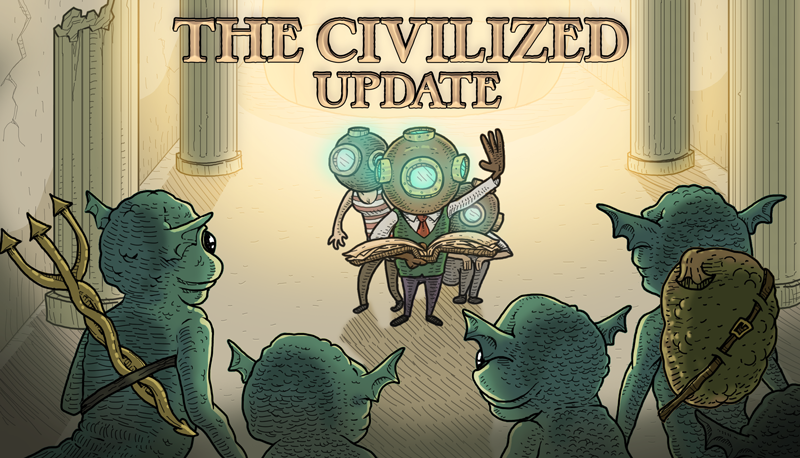

Yes, there are acres of Joyce stuff gathered from Harriet Shaw Weaver as well as Paul and Lucie Léon. If you haven’t done so, I urge you to take just a passing look at what McFarlin’s Special Collections now hold. Thanks, in part, to his deep roots in the community and keen ability to charm donors, artists, and agents alike, he had engaged in the best kind of alchemy: transforming Tulsa’s vast oil wealth into boxes and boxes of paper. Within its walls, it turns out, Staley had been collecting an extraordinary range of letters, manuscripts, artworks, and archives focused almost exclusively on the early twentieth century. It popped up in footnotes my professors mentioned it in passing as a place they had visited and some of my colleagues inexplicably left the Rhode Island seaside for the inferno-like summers of Oklahoma, just so they could explore the treasures of this odd prairie fortress. When I later set to work in graduate school on a study of modern literature, that little castle began to loom ever larger. The first page of each issue had a small logo with what appeared to be some kind of castle, captioned “University of Tulsa.” That castle, it turned out, was McFarlin Library, the home to what I now think of as Staley’s practice run for his real life’s work. My first inkling of what Tom was actually doing came in the early 1990s when, as a college student, I stumbled across some copies of the JJQ while trying to make sense of what would remain–for a few more years anyway–my largely decorative copy of Ulysses.

And yet, the JJQ and the Foundation remain a footnote to a now much larger story. As the current secretary of that Foundation and editor of the JJQ, I can affirm that we all continue to stand on Tom’s broad shoulders, benefitting day after day, year after year from his ambitious drive to cement Joyce into our cultural and intellectual foundations.
#WE NEED TO GO DEEPER TIME TRAVELER FULL#
Just a few years after publishing that first issue, he founded the International James Joyce Foundation and helped institutionalize haphazard Bloomsday celebrations as juggernaut biennial symposia that moved from one glittering European city to another, their hundreds of participants spending a full week delving into the ever-twisting texts Joyce created. It turned out, however, that he was only getting started. The JJQ is a fine and enduring legacy to Tom’s robust vision.
#WE NEED TO GO DEEPER TIME TRAVELER ARCHIVE#
Issues went out to avid readers around the world, and our subscription archive still contains some remarkable surprises, not least among them the renewal cards from John Lennon.įor most of us, this would be enough.

Seamus Heaney published poems in its pages while painters jostled to have their work appear on its often lavishly illustrated covers. During Tom’s tenure at the helm, it drew widespread attention for its innovative articles and eager attempts to bring artists, scholars, teachers, novelists, and Joyce’s fans into active dialogue. It entered into an already crowded field of competing Joyce journals and aimed to make Tulsa rhyme with Dublin, Paris, Zurich, Paris, and Trieste.Īlmost 60 years later, the James Joyce Quarterly has become not simply the international journal of record for one of the world’s most influential novelists, but an intellectual touchstone for those interested in modern literature and culture more generally. Thirty-six cheaply set pages were stapled between Kelly green covers and accompanied by a deceptively reserved editorial statement: “The idea of the JJQ grew out of a modestly conceived notion to draw Joyceans together and to publish provocative essays dealing with Joyce’s life, work, and milieu.” Those who knew Tom understood there was nothing modest about this venture at all. So, in 1963, he took to his garage and, with the help of a few students, began laying out a modestly sized magazine audaciously titled the James Joyce Quarterly. As the legend goes, an ambitious young professor with a newly minted PhD from Pitt came home to Tulsa with the aim of making what was then the oil capital of the world into an intellectual powerhouse.


 0 kommentar(er)
0 kommentar(er)
